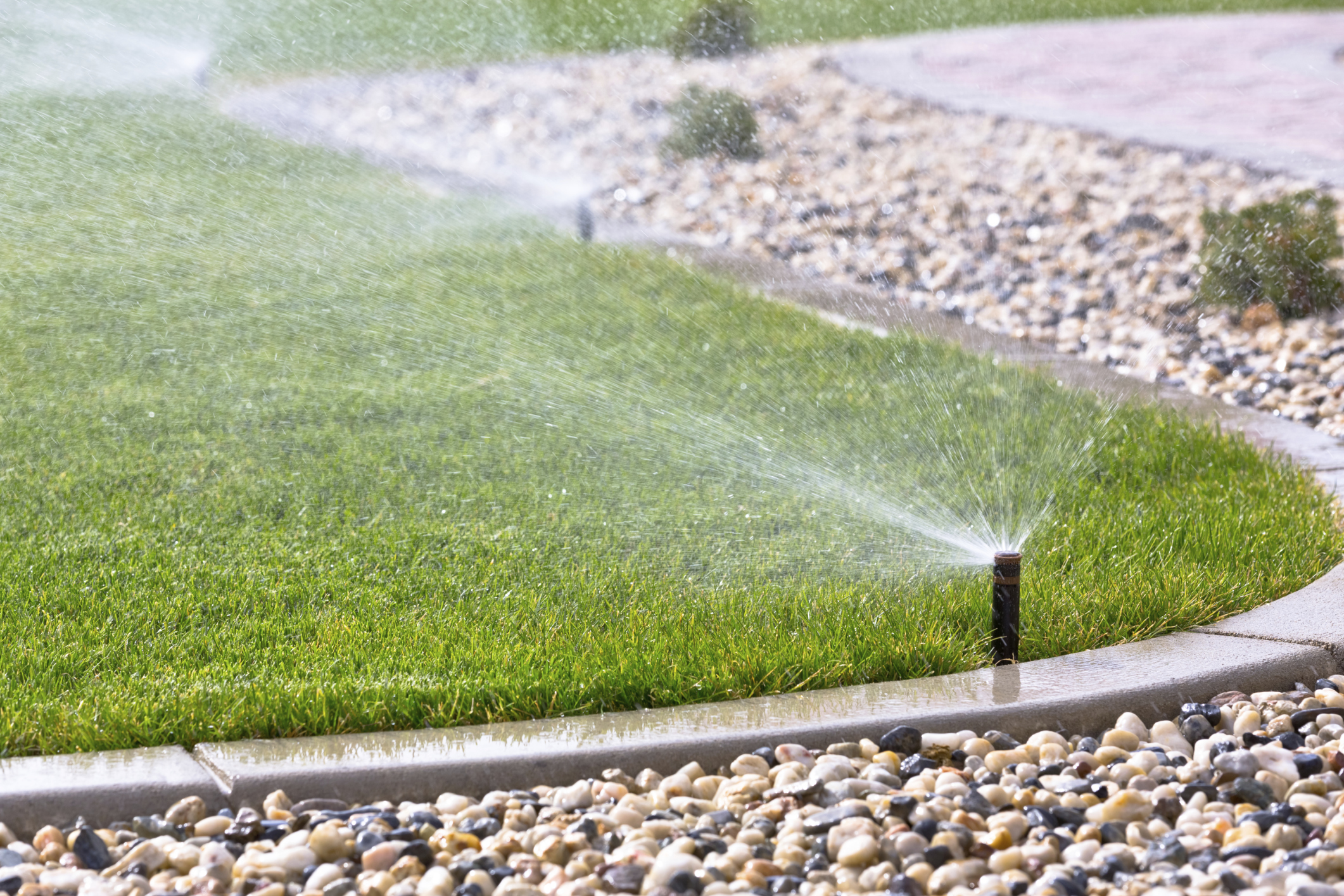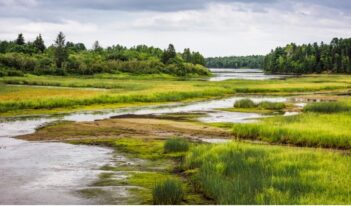
California lawmakers endorse statewide approach to regulating drought-resistant “lawns.”
As Californians brace for another year of punishing drought, recent legislation aims to promote sustainable yards. Although an impending El Niño may offer some relief—it should produce a “wetter-than-average winter”—conservation efforts remain on policymakers’ agendas. A series of laws passed in the last two months advance Governor Jerry Brown‘s Executive Order issued earlier this year mandating, among other things, the removal of 50 million square feet of lawn.
With the help of financial incentives, many residents in the state have already embraced water-conscious landscaping. The California Department of Water Resources has established a rebate program providing funds to homeowners for replacing their turf with drought resistant alternatives to effectuate Governor Brown’s goals.
However, some local governments—including the state’s capitol, Sacramento—have rules restricting artificial, synthetic, or drought tolerant plants. They have interpreted a provision of the California Constitution—delegating authority for “local, police, sanitary, and other ordinances and regulations not in conflict with general laws” to the local governments—to permit regulating aesthetic standards such as lawns. Some homeowners associations also have long-standing bans on artificial grass, considering it “tacky.”
These so-called “turf wars” were most prevalent in upscale communities. Although low-maintenance landscapes offer water savings, higher-end community associations maintained strict rules governing yards. After installing drought resistant plants, one southern California couple projected a two-thirds reduction in their water bill, but they received hefty fines from their homeowners association instead.
In September, Governor Brown signed legislation limiting the ability of local homeowners associations to restrict artificial landscapes in residents’ yards. The measure was enacted in response to associations issuing fines to residents who replaced their lawns with synthetic grass.
The new law, which prohibits such penalty fees by homeowner associations, applies to nearly five million homes statewide. Assembly member Lorena Gonzalez, who introduced the bill, said that this “common sense law will give homeowners one more way to save as this drought continues.”
Another law, introduced by Assembly member Mike Gatto, from Los Angeles, and co-authored by Assembly members Gonzalez and Kevin McCarty was enacted earlier this month. It extends similar prohibitions to local governments, not just homeowners associations. Governor Brown approved the bill on October 9.
The law encourages homeowners to replace water-hungry grass with artificial landscape by prohibiting local governments from passing new ordinances or enforcing existing bans. It describes drought tolerant landscaping as a “viable alternative” for water conservation. To avoid a patchwork system of regulations based on geography, the law adds language to the California Code declaring installation of such landscapes on private property a “matter of statewide concern.”
Despite its protection for homeowners, the legislation does not completely ban local regulation of private yards. It permits cities and counties to continue to regulate artificial turf and other drought tolerant landscaping, provided they do not significantly impede or prevent its installation by introducing prohibitive costs or barriers.
Noting that landscape irrigation accounts for nearly 45% of urban water use, the legislation’s preamble states that replacing lawns with alternatives like synthetic or artificial grass can significantly reduce water use.
Explaining the motivation behind the bill, Gatto said that when homeowners are trying to re-landscape to conserve water, “fining them for doing the right thing sends the wrong message and is counterproductive to our water-saving efforts.”
One city is already grappling with how to update their ordinances in light of the new law. Prior to the legislation, Glendale permitted residents to have up to 40% of the landscaping on their yard comprised of hardscape material. Glendale’s mayor wants residents to be able to install up to 80% of their yard with artificial turf, but some councilmembers think the cap should remain at 40% or less. They claim that artificial grass will result in rainwater runoff.
Critics have also expressed concern that synthetic yards might emit toxins and that their relatively short shelf life would burden landfills in the long term. Angelique Ashby, a member of the Sacramento city council, has reportedly worried that artificial turf could introduce higher temperatures and may even be dangerous for children.
Supporters have countered that the law will result in substantial savings and further statewide goals of reducing water use. It may also provide longer-term benefits by promoting a “new normal” of drought-conscious, sustainable plants. Some applaud these changes, viewing them as a return to the brown landscapes of California’s past.
Gatto said that his recently enacted legislation “empowers Californians to conserve water.” Undoubtedly, water use reduction will continue to be a priority for the state for some time to come. Governor Brown’s directive for a 25% reduction in urban water usage is in place through February 2016.



